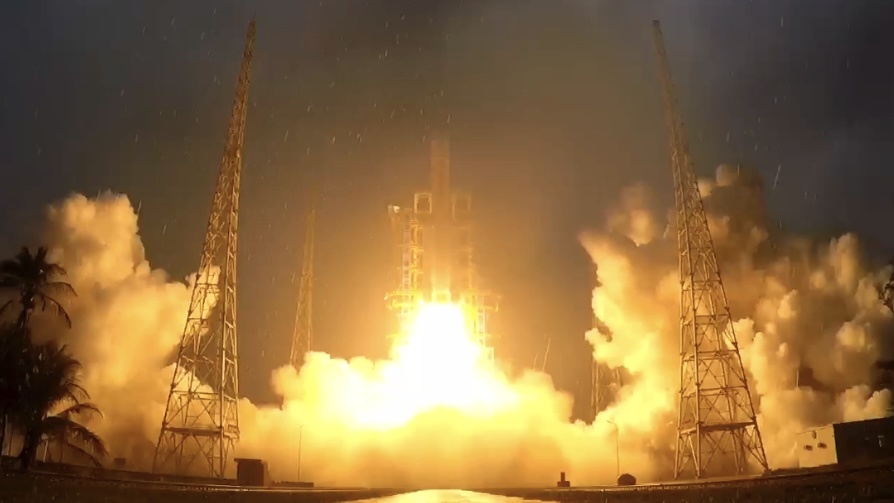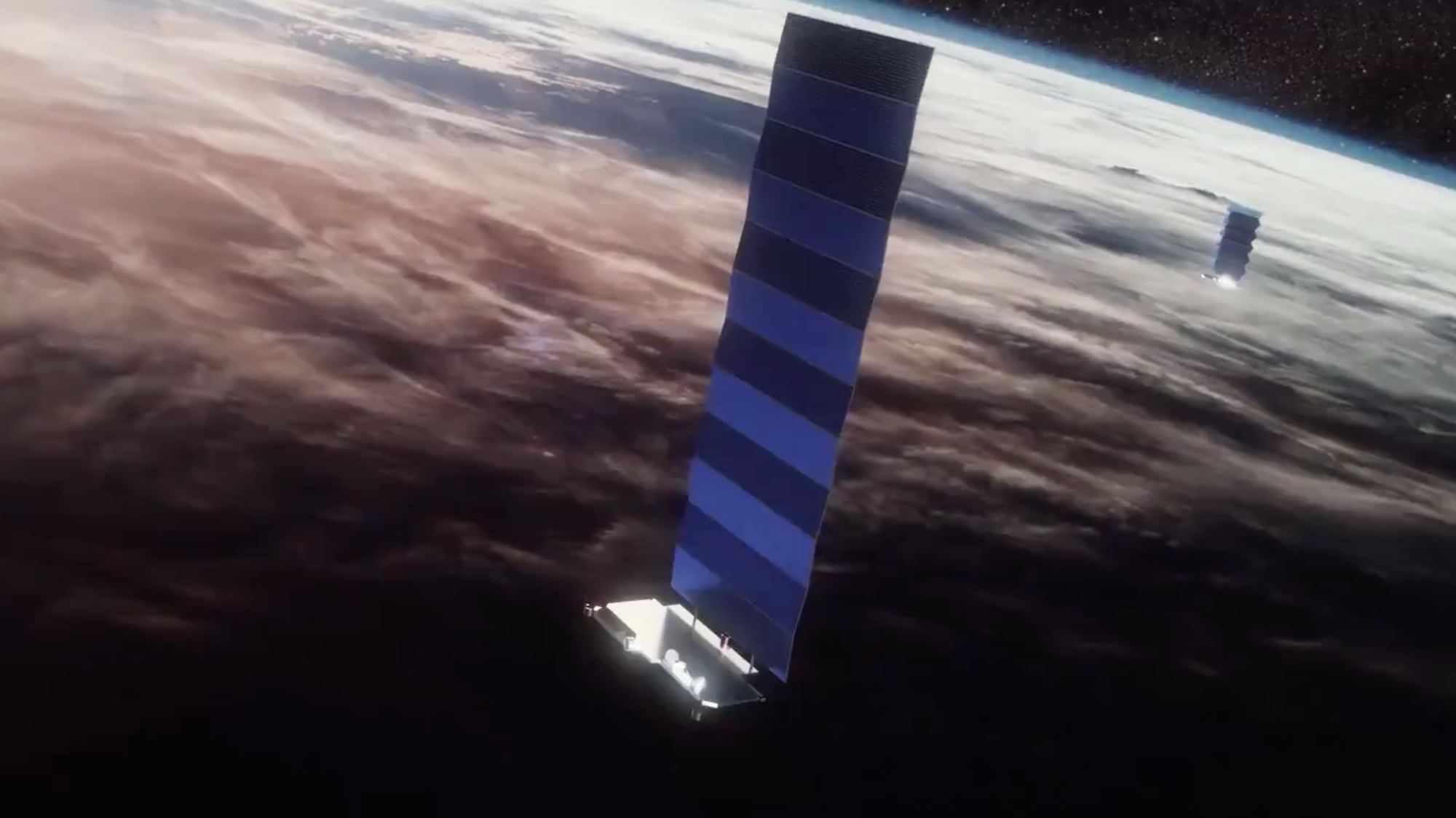On Friday, May 3rd, the sixth mission in the Chinese Lunar Exploration Program (Chang’e-6) launched from the Wenchang Spacecraft Launch Site in southern China. Shortly after, China announced that the spacecraft separated successfully from its Long March 5 Y8 rocket. The mission, consisting of an orbiter and lander element, is now on its way to the Moon and will arrive there in a few weeks. By June, the lander element will touch down on the far side of the Moon, where it will gather about 2 kg (4.4 lbs) of rock and soil samples for return to Earth.
Continue reading “China is Going Back to the Moon Again With Chang'e-6”What Can Early Earth Teach Us About the Search for Life?
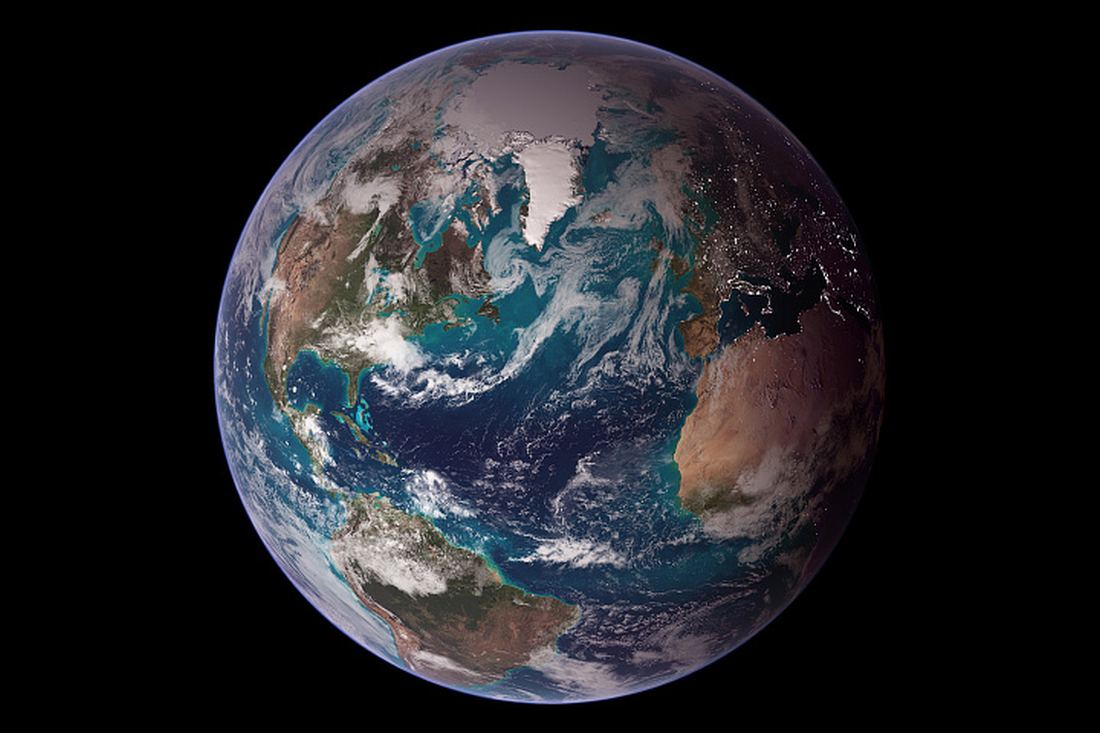
Earth is the only life-supporting planet we know of, so it’s tempting to use it as a standard in the search for life elsewhere. But the modern Earth can’t serve as a basis for evaluating exoplanets and their potential to support life. Earth’s atmosphere has changed radically over its 4.5 billion years.
A better way is to determine what biomarkers were present in Earth’s atmosphere at different stages in its evolution and judge other planets on that basis.
Continue reading “What Can Early Earth Teach Us About the Search for Life?”China Creates a High-Resolution Atlas of the Moon
Multiple space agencies are looking to send crewed missions to the Moon’s southern polar region in this decade and the next. Moreover, they intend to create the infrastructure that will allow for a sustained human presence, exploration, and economic development. This requires that the local geography, resources, and potential hazards be scouted in advance and navigation strategies that do not rely on a Global Positioning System (GPS) developed. On Sunday, April 21st, the Chinese Academy of Sciences (CAS) released the first complete high-definition geologic atlas of the Moon.
This 1:2.5 million scale geological set of maps provides basic geographical data for future lunar research and exploration. According to the Institute of Geochemistry of the Chinese Academy of Sciences (CAS), the volume includes data on 12,341 craters, 81 impact basins, 17 types of lithologies, 14 types of structures, and other geological information about the lunar surface. This data will be foundational to China’s efforts in selecting a site for their International Lunar Research Station (ILRS) and could also prove useful for NASA planners as they select a location for the Artemis Base Camp.
Continue reading “China Creates a High-Resolution Atlas of the Moon”Dinkinesh's Moonlet is Only 2-3 Million Years Old
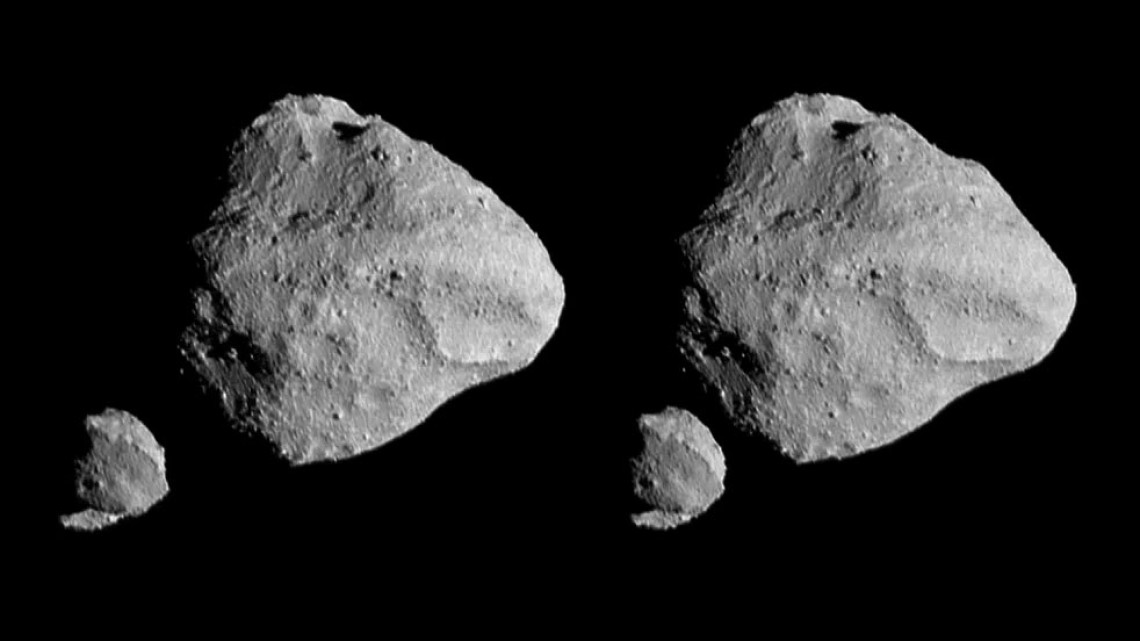
Last November, NASA’s Lucy mission conducted a flyby of the asteroid Dinkinish, one of the Main Belt asteroids it will investigate as it makes its way to Jupiter. In the process, the spacecraft spotted a small moonlet orbiting the larger asteroid, now named Selam (aka. “Lucy’s baby”). The moonlet’s name, an Ethiopian name that means “peace,” pays homage to the ancient human remains dubbed “Lucy” (or Dinkinish) that were unearthed in Ethiopia in 1974. Using novel statistical calculations based on how the two bodies orbit each other, a Cornell-led research team estimates that the moonlet is only 2-3 million years old.
Continue reading “Dinkinesh's Moonlet is Only 2-3 Million Years Old”The Universe Could Be Filled With Ultralight Black Holes That Can't Die
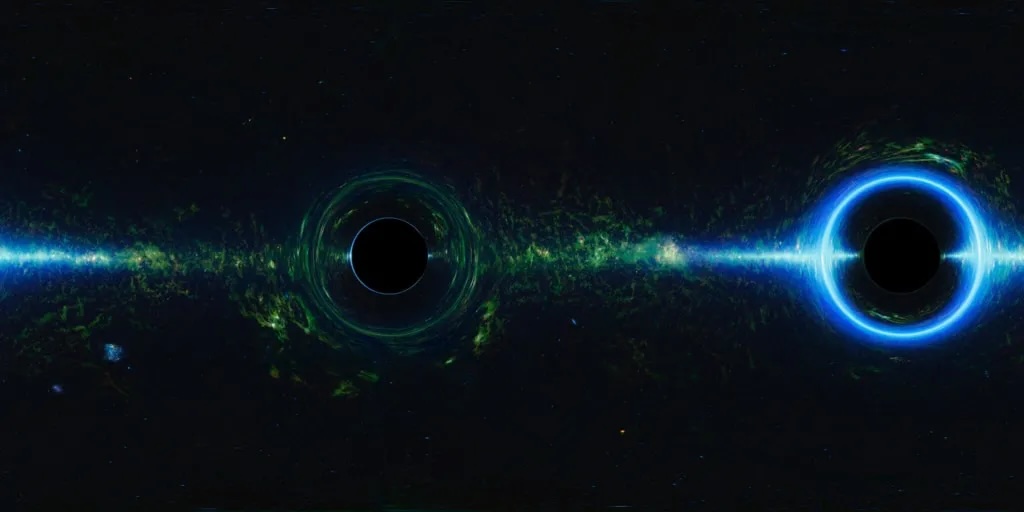
It’s that time again! Time for another model that will finally solve the mystery of dark matter. Or not, but it’s worth a shot. Until we directly detect dark matter particles, or until some model conclusively removes dark matter from our astrophysical toolkit the best we can do is continue looking for solutions. This new work takes a look at that old theoretical chestnut, primordial black holes, but it has a few interesting twists.
Continue reading “The Universe Could Be Filled With Ultralight Black Holes That Can't Die”Starlink on Mars? NASA Is Paying SpaceX to Look Into the Idea
NASA has given the go-ahead for SpaceX to work out a plan to adapt its Starlink broadband internet satellites for use in a Martian communication network.
The idea is one of a dozen proposals that have won NASA funding for concept studies that could end up supporting the space agency’s strategy for bringing samples from Mars back to Earth for lab analysis. The proposals were submitted by nine companies — also including Blue Origin, Lockheed Martin, United Launch Alliance, Astrobotic, Firefly Aerospace, Impulse Space, Albedo Space and Redwire Space.
Awardees will be paid $200,000 to $300,000 for their reports, which are due in August. NASA says the studies could lead to future requests for proposals, but it’s not yet making any commitment to follow up.
Continue reading “Starlink on Mars? NASA Is Paying SpaceX to Look Into the Idea”Did You Hear Webb Found Life on an Exoplanet? Not so Fast…

The JWST is astronomers’ best tool for probing exoplanet atmospheres. Its capable instruments can dissect the light passing through a distant world’s atmosphere and determine its chemical components. Scientists are interested in everything the JWST finds, but when it finds something indicating the possibility of life it seizes everyone’s attention.
That’s what happened in September 2023, when the JWST found dimethyl sulphide (DMS) in the atmosphere of the exoplanet K2-18b.
Continue reading “Did You Hear Webb Found Life on an Exoplanet? Not so Fast…”Vera Rubin’s Primary Mirror Gets its First Reflective Coating
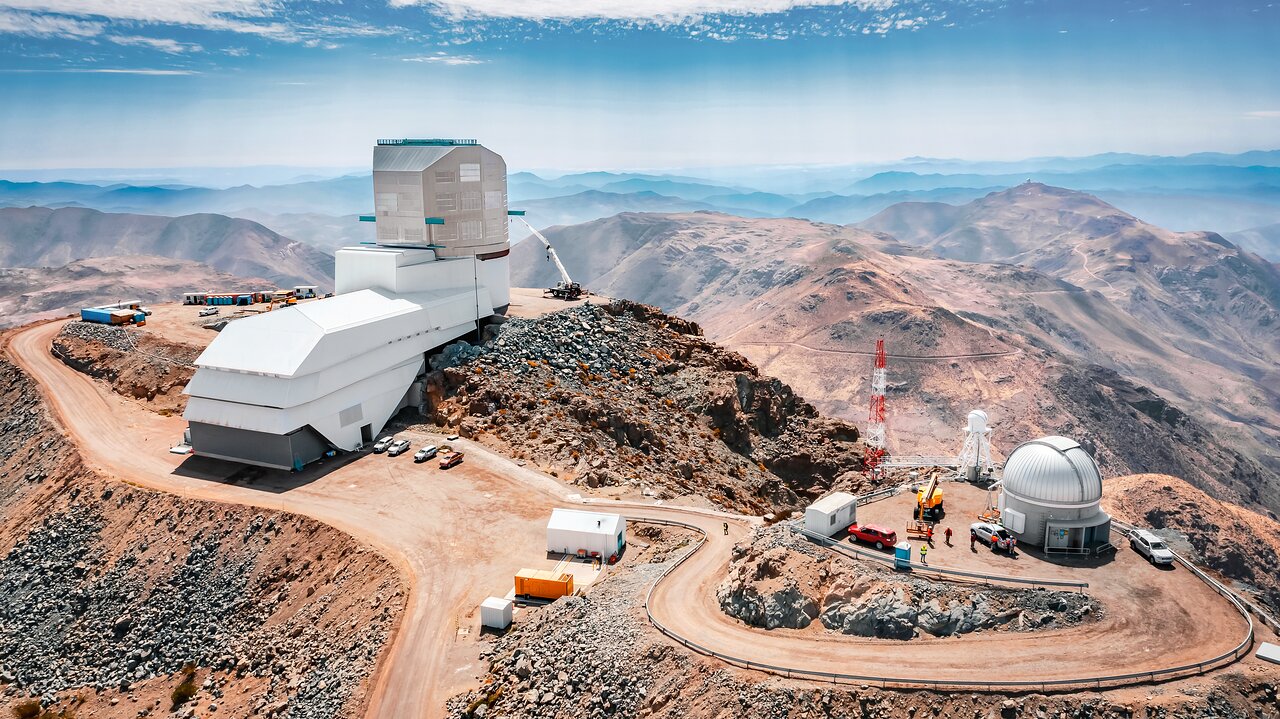
First light for the Vera Rubin Observatory (VRO) is quickly approaching and the telescope is reaching milestone after milestone. A few weeks ago, the observatory announced that its digital camera, the largest one ever made, is complete.
Now the observatory has announced that its unique primary/tertiary mirror has its first reflective coating.
Continue reading “Vera Rubin’s Primary Mirror Gets its First Reflective Coating”Two Stars in a Binary System are Very Different. It's Because There Used to be Three
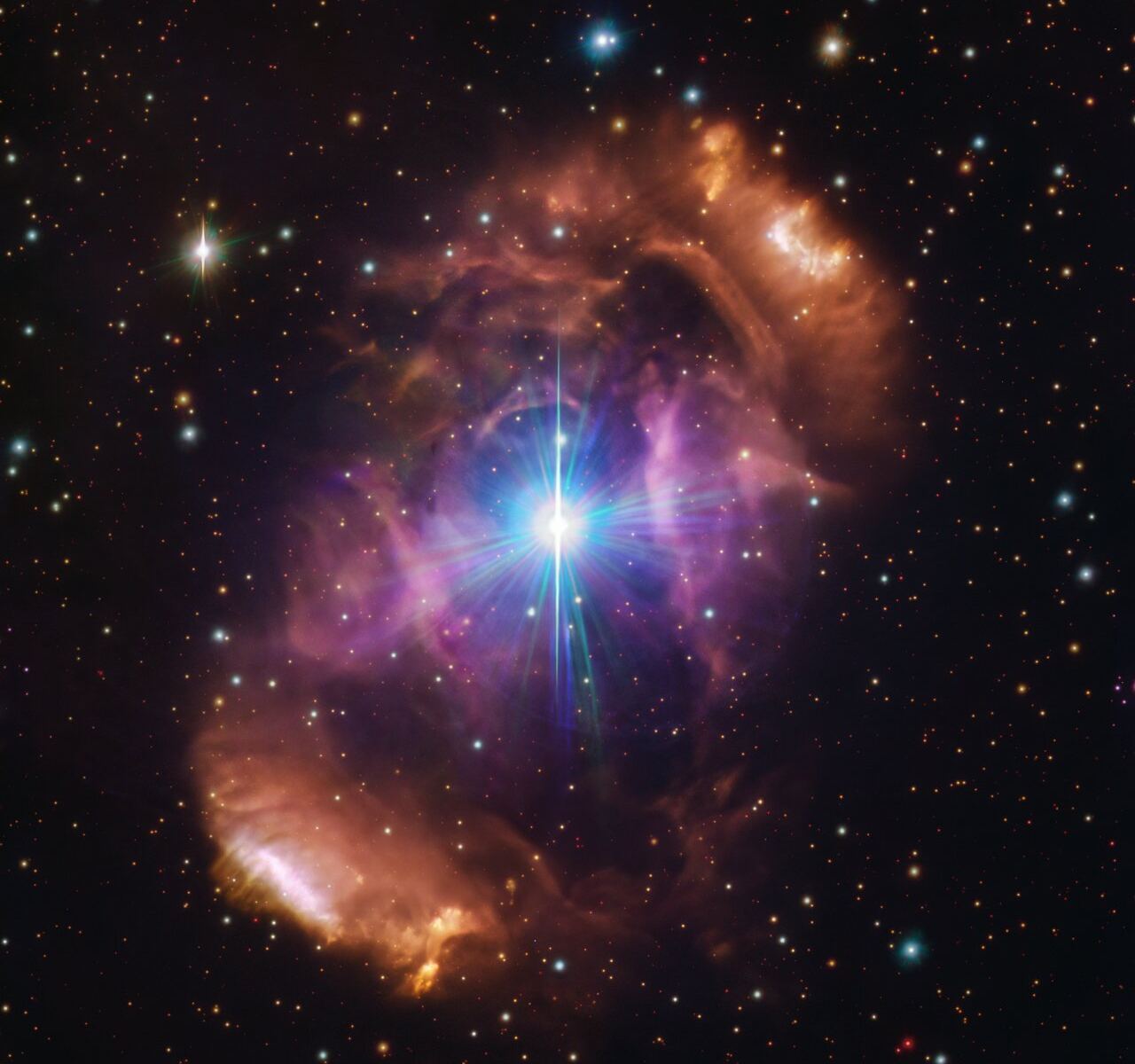
A beautiful nebula in the southern hemisphere with a binary star at it’s center seems to break our standard models of stellar evolution. But new data from the European Southern Observatory (ESO) suggests that there may once have been three stars, and that one was destroyed in a catastrophic collision.
Continue reading “Two Stars in a Binary System are Very Different. It's Because There Used to be Three”The Highest Observatory in the World Comes Online
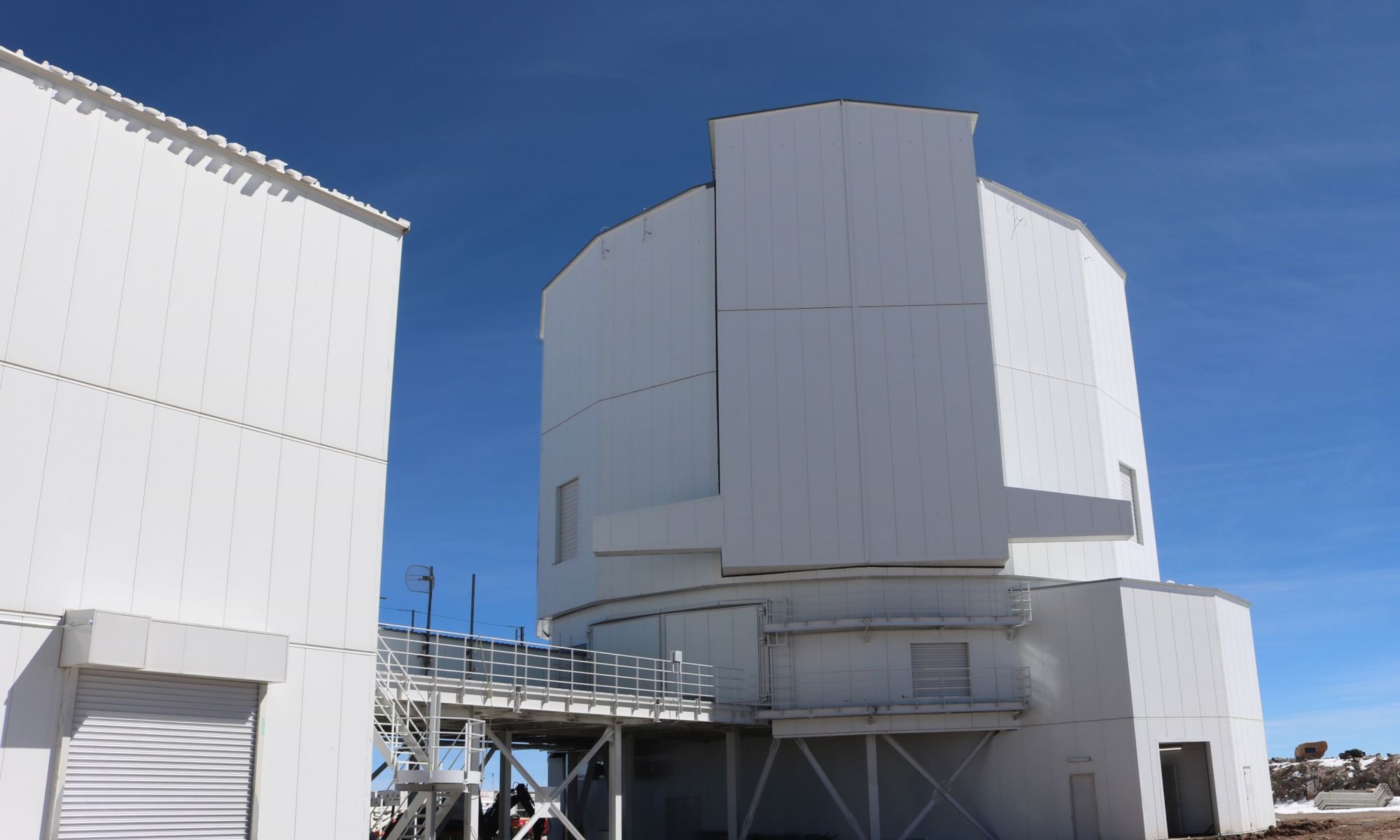
The history of astronomy and observatories is full of stories about astronomers going higher and higher to get better views of the Universe. On Earth, the best locations are at places such as the Atacama Desert in Chile. So, that’s where the University of Tokyo Atacama Observatory just opened its high-altitude eye on the sky, atop Cerro Chajnantor.
Continue reading “The Highest Observatory in the World Comes Online”
